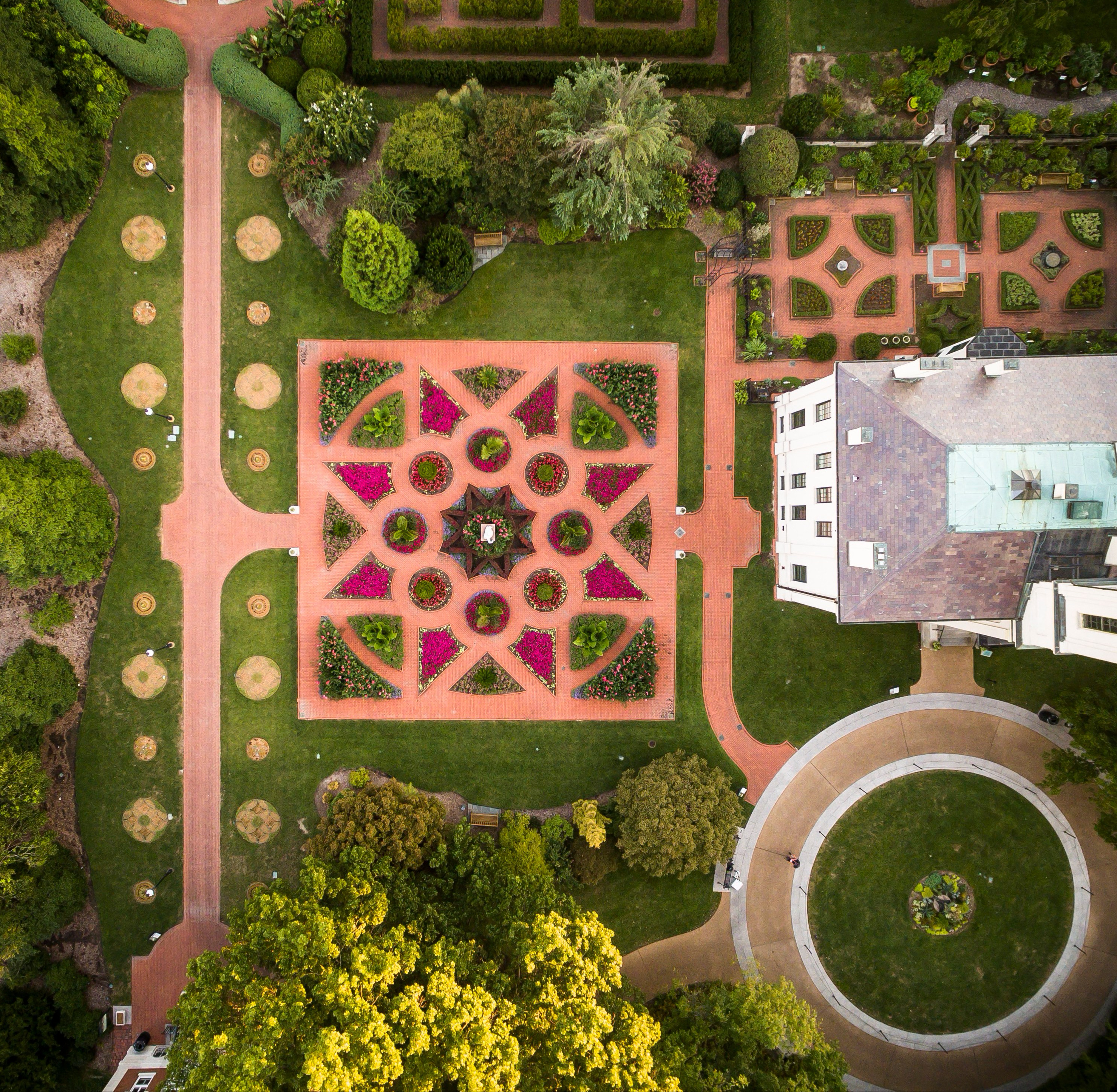Throughout history, people have been driven to collect objects, from sea shells and acorns to baseball cards and paintings. Objects are usually displayed in an organized way meant to make sense of the world or inspire wonder. You may have a collection of your own and not think of it as something of value beyond your personal enjoyment. But did you know that private collections were the precursors of museums?
Collections start with the drive to seek, sort, and preserve interesting things. No matter what the objects are, collecting is a natural part of the human experience. During the Renaissance, as Europeans discovered new people and places, they amassed large collections of objects, particularly those found in nature. Early “natural philosophers,” the forerunners of today’s scientists, often collected “curiosities” so they could study them.

By the 17th century, the word “museum” had come to describe these collections of curiosities. During the Victorian era—Henry Shaw’s time—entire rooms were dedicated to displaying these collections. Curiosity cabinets, as they were known, represented a miniature version of the world. In the case of natural objects, private collections first became natural history museums and research collections.
Past Meets Present

The Stephen and Peter Sachs Museum reopens to the public this spring after more than a year of construction and rehabilitation work. Closed to the public since 1982, the museum is one of the Garden’s most iconic buildings, with a strong connection to Garden founder Henry Shaw’s vision for the Missouri Botanical Garden.
When Shaw sought advice from Sir William Jackson Hooker, director of the Royal Botanic Gardens, Kew, to create a world-class botanical institution, Hooker advised him to create a library and museum to support the Garden’s botanical scientific research. The museum, which opened in 1859, housed the Garden’s original library, herbarium, and natural history specimens.
When Shaw’s scientific advisor George Engelmann traveled to Europe in 1857, he purchased approximately 62,000 herbarium specimens from the Jacob Bernhardi estate. This herbarium collection, along with other botanical books he brought back to the Garden, were the first collections housed in the museum. Through the years, other collections were added, including taxidermy from the Western United States, seeds, pinecones, fungi, items from around the world made of plant material, and economic botany items. Over time, the museum was used for meetings, office space, and even a restaurant until it closed to the public for safety reasons.
When Dr. Peter Wyse Jackson became president of the Garden in 2010, he recognized the building’s historical importance and called for its renovation and restoration. By returning to its roots of housing some of the Garden’s most precious—and curious—collections, the renovated space will deepen understanding among visitors of the importance of plants and provoke critical thinking about sustainability, biodiversity, and other topics. Displays will include materials and artifacts in the Garden’s collections not currently available to the public. The collections include exquisite botanical art as well as objects and new discoveries collected through the Garden’s research and conservation programs around the world.
What’s in your collection?
Help us celebrate the spirit of collecting and reopening of the Sachs Museum by sharing photos of your collections on social media with the tag #collectandshare.
